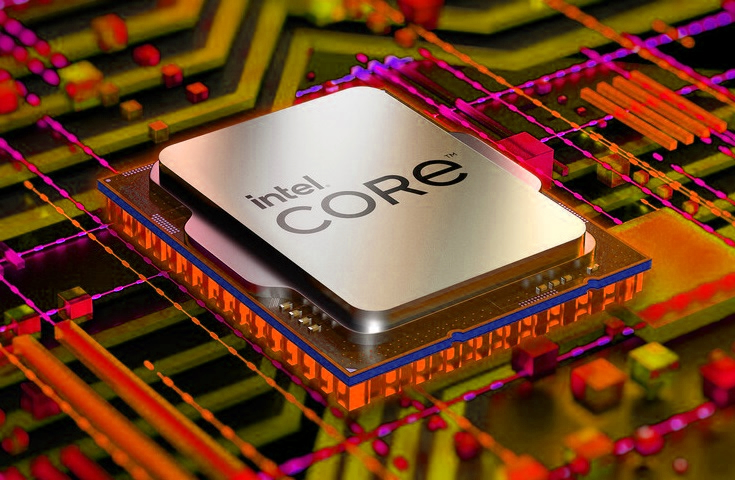Intel wants motherboard vendors to implement “Default Settings” by the end of this month
Intel “requests” that their partners implement “Default settings” in their motherboards by the end of this month
Intel has taken action to curb the stability issues that many of their users are facing with their 13th/14th generation processors. Simply put, motherboard manufacturers are not running these new processors at “Intel Default Settings”, using higher power limits and other non-stock settings to boost the performance of these new processors. Sadly, these changes have resulted in stability issues for many users.
Many Intel users have reported stability issues are reporting crashes in CPU-heavy applications like Adobe Premiere Pro. Gamers have also reported issues in a range of games including Tekken 8, Hogwarts Legacy, and many Unreal Engine titles. In response this these issues, Intel has issued a request to system and motherboard manufacturers to provide users with “a default BIOS profile that matches Intel recommended settings.
While Intel has listed this as a request in their statement, this is effectively a demand. after all, Intel’s partners do not want to anger the company that makes their business possible. As such, we can expect new motherboard BIOS releases for all 700-series and 600-series Intel motherboards in the near future.
Intel requests system and motherboard manufacturers to provide end users with a default BIOS profile that matches Intel
recommended settings.
- Suggested profile name “Intel Default Settings”.
- Intel requests customers to implement the “Intel Default Settings” profile as the BIOS default profile by May 31, 2024.
ASUS and Gigabyte have already released motherboards with “Intel baseline” profiles. We expect other motherboard manufacturers to follow suit soon.
Ultimately, Intel’s default settings will set the power limits of Intel’s latest processors to their intended defaults. This should set Intel’s LP2 (Power Limit 2/Maximum Turbo Power) to 183W to Intel’s top CPUs. Typically, most motherboards set these power limits to much higher levels, like 253W or higher.
This change will result in a performance drop for users when comparted to previous “default” motherboard/BIOS settings. With this performance drop will come stability for end users.
“Default Settings” create another mess for Intel
Now that Intel “requests” that motherboard partners use correct power limits by default, most Intel 13th/14th customers will effectively receive a performance downgrade. Yes, this will only happen if they update their BIOS, but it is a downgrade nonetheless. Furthermore, this also invalidates the results of many reviews, as reviewers typically test CPUs in an “out of the box” configuration. Now that Intel’s default motherboard profiles are changing, these results are now invalid.
It is only a matter of time before someone argues that Intel has falsely advertised their 13th/14th generation processors. After all, early reviews all used default profiles that are not “Intel default” and are not guaranteed to be stable. This could mean that Intel will face a class action lawsuit at some point in the future over this issue.
You can join the discussion on Intel forcing motherboard partners to integrate “default settings” onto their motherboards on the OC3D Forums.




